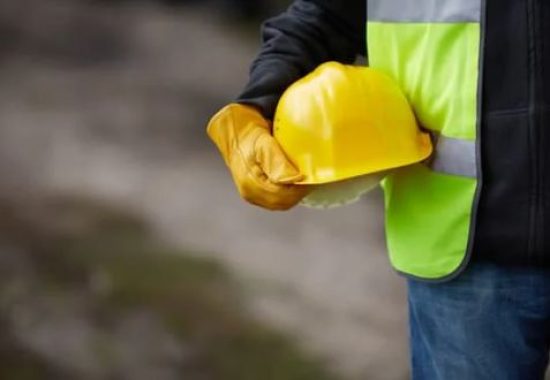
According to the latest statistics from the CHSG, in the construction industry, 78,000 workers suffered from work-related ill health between 2019 and 2022 and there were 30 fatal industries in one year alone. This is not an industry that’s ever going to be 100% safe, of course, but it is possible to mitigate the risks and hazards with the right planning and safeguard measures in place. Here, we’ll be exploring some key strategies for improving health and safety in the construction sector.
Employers must provide suitable PPE, including safety footwear, hard hats, safety glasses, high-visibility clothing, and gloves, with each worker given access to the necessary equipment relevant to their role. Workers should also be educated on the proper use, maintenance, and limitations of PPE. Training programs must emphasise the importance of wearing PPE and instruct employees on how to identify damaged or faulty equipment. Regular inspections of PPE should also be conducted to ensure that it all meets the required safety standards with damaged or worn-out equipment being replaced promptly.
Comprehensive training is essential for ensuring that construction workers are equipped with the necessary knowledge and skills to work safely. All workers, including new hires and subcontractors, should undergo thorough induction training to familiarise themselves with site-specific health and safety procedures. This training should cover emergency protocols, hazard identification, and safe work practices. They should also receive task-specific training to address the unique risks associated with their assigned roles. This may include training on working at heights, operating machinery, handling hazardous substances, and electrical safety.
Regular and thorough site inspections should be carried out to identify hazards, assess their severity, and prioritise control measures. This includes evaluating the stability of structures, inspecting scaffolding, and checking for potential electrical, fire, or chemical hazards. Worker input is invaluable during risk assessment. Encouraging employees to report potential hazards and near misses creates a proactive safety culture and enhances risk management. After identifying risks, meanwhile, it is essential to implement control measures to minimise or eliminate them. This may involve engineering controls, administrative measures, or the use of additional PPE. Regular reviews should also be conducted to ensure the effectiveness of these measures.
Reporting all incidents is essential for maintaining a safe construction site. Establish a clear procedure for reporting accidents and incidents. Encourage workers to report any injuries, no matter how minor, and ensure that reporting is free from any form of retaliation. Encourage workers to report near misses too, as they provide valuable insights into potential hazards and can help prevent future accidents. Finally, conduct regular safety audits to evaluate the effectiveness of health and safety measures. The findings of these audits should be shared with the workforce, and appropriate actions should be taken to address any identified issues.